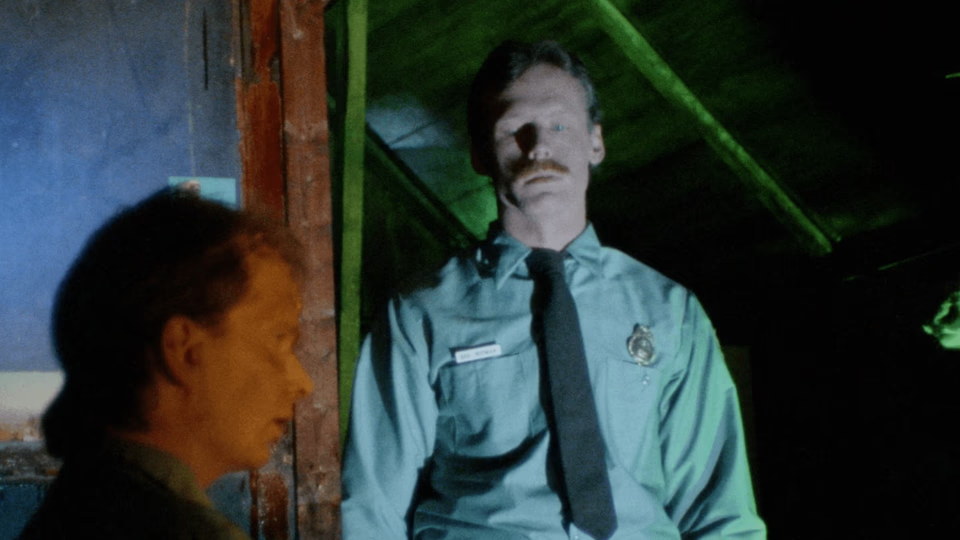Winterbeast

There are bad movies that are simply incompetent, and then there are bad movies that achieve a kind of accidental poetry through their very incompetence. Winterbeast, a regional horror film that took eight years to complete, occupies that strange borderland between the two—a place where earnest ambition collides with severe limitations to create something that is, if not exactly good, then at least genuinely bizarre.
The plot, insofar as one exists, follows a New England ranger played by Tim R. Morgan investigating disappearances near a secluded lodge. The creepy proprietor, played by Bob Harlow, dismisses any trouble while bodies pile up courtesy of stop-motion monsters seemingly escaped from Ray Harryhausen’s waste bin. But plot is perhaps beside the point here. As one internet commenter astutely observed, you don’t watch Winterbeast, you experience it.
What’s remarkable about director Christopher Thies’s effort is how its very amateurishness occasionally transcends itself. Consider a wordless sequence where Harlow puts on a record of a nursery rhyme sung in a childish voice to a lilting 6/8 rhythm then dons a clown mask and dances among decomposing corpses in his office while pantomiming the lyrics. It’s a moment that shouldn’t work, yet the juxtaposition of childish innocence against grotesque horror creates an unsettling tableau that more polished horror films strain and fail to achieve.
Similarly effective—though to opposite effect—is a sight gag involving a box containing both a small necklace and a prominent flesh-colored phallus. The characters focus on the jewelry while ignoring the absurd elephant—or perhaps I should say, appendage—in the room. It’s tonally at odds with everything else in the film, yet it works as pure surreal comedy and had me in tears.
But these moments of transcendence are islands in a sea of technical inadequacy. The film’s protracted production schedule shows in every frame: Morgan’s mustache morphs from peach fuzz to state trooper bushy, sometimes within the same scene. The monster effects shift from stop-motion animation to man-in-a-suit. Interior sets are constructed with the architectural sophistication of a middle-school drama production.
Most tellingly, the film’s visual grammar seems dictated entirely by limitation rather than choice. Scenes unfold in static wide shots with minimal editing, creating an oddly staged effect. Characters stand uncomfortably close, as if the production were working with a single lens.
Yet there’s something almost endearing about Winterbeast’s guileless ambition. This is clearly the work of people who love horror movies and wanted desperately to make one themselves, budget and experience be damned. While shot on Super 8 and 16mm, it shares the aesthetic and sensibility of shot-on-video horror—that particular strain of regional filmmaking where passion compensates, however inadequately, for professionalism.
I can’t recommend Winterbeast as a good film, because it isn’t one. But for those who value the strange, the sincere, and the sublimely misguided, this creature feature offers a viewing experience unlike any other. It’s a movie that exists in that fascinating space where incompetence becomes its own form of auteurism, where the very act of completion feels like a minor miracle.